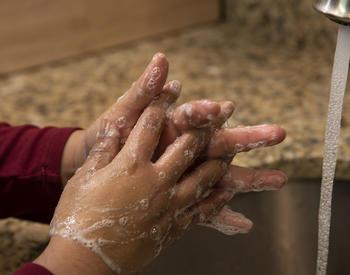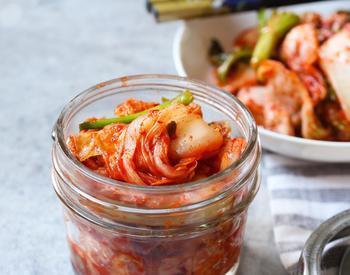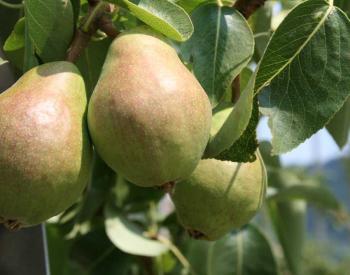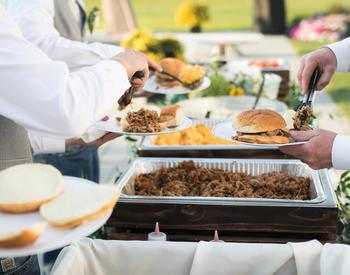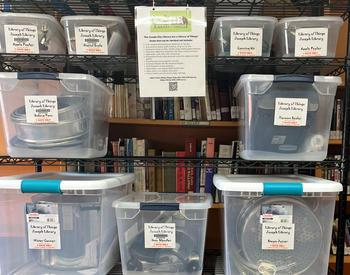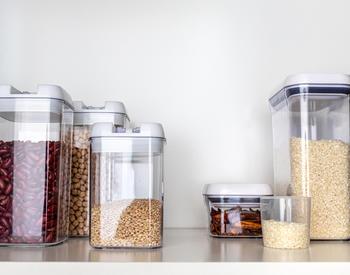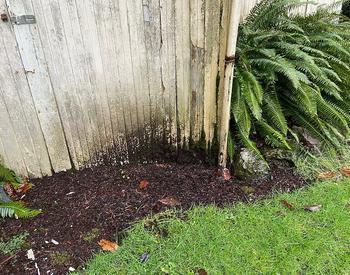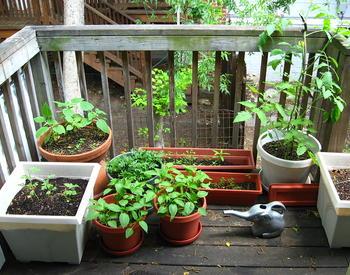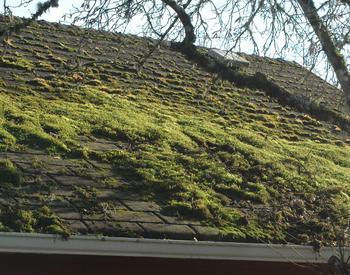Freezer failure can mean the loss of all or part of a large investment in food, time and money. It pays to know what to do if your equipment stops working. The best time to decide how to handle such an emergency is before it happens.
At any time of year, a freezer may fail to function because of mechanical problems, power failures or human error.
When a freezer does fail, the first rule is to keep the freezer door closed. In a well-filled freezer, food will probably not thaw for 15–20 hours if the door is kept closed.
Why has it stopped? How long will it be before it’s working again?
When you first notice that your freezer has stopped, try to determine why. It might be something simple like a blown fuse, a broken electrical circuit or an accidental disconnection. In any of these cases, normal operation should be restored as quickly as possible and the food checked for thawing.
In case of power failure, find out from the utility company how long it will be before power is restored. If your freezer has failed because of mechanical problems, read the instruction book to see if there’s something you can do to get it back into operation. If not, find out how soon a repair-person can service your freezer.
What can you do to keep your food from thawing?
If your freezer is not likely to be operating within a day, you have several choices about what to do. First, check the possibility of moving your frozen food to a freezer that is working. You might have friends or neighbors with space in their freezers for your food. You might also check the possibility of moving the freezer contents to a local freezing plant. To move your food, put it in insulated boxes or between thick layers of newspaper and blankets. Once you’ve taken the food out of your freezer, get it to an operating freezer as soon as possible.
When your freezer is empty, unplug it and defrost it according to the instructions in the owner’s manual. After it’s defrosted, clean it thoroughly. While your freezer is not in use, leave the door open slightly to let air circulate in the food compartments. Be sure the door is propped open so that it can’t close and trap a child or pet inside.
If there’s no space available in another freezer, put dry ice in your freezer to keep your food frozen. To locate a source of dry ice, do an internet search for local retailers of dry ice or carbonic gas.
Dry ice is very cold. Handle it quickly and always wear heavy gloves to prevent burning your hands. When you buy dry ice, have it cut into pieces small enough to use. Don’t try to cut or chip it yourself. The dry ice company will wrap each piece in newspaper for you.
A 50-pound cake of dry ice is enough to protect solidly frozen food in a 20-cubic food freezer for 36 hours. Twenty-five pounds of dry ice would hold the temperature of a half-full 10-cubic foot freezer below freezing for two to three days.
Put heavy cardboard on top of packages of frozen food in each compartment of your freezer and put the dry ice on top of the cardboard. Close the freezer, but do not lock it. Don’t open the freezer again until you need to replace the dry ice or until the freezer is working again. You can provide extra insulation for your freezer by covering it with blankets or quilts. Putting insulating packing materials or crumpled newspaper between the cabinet and the blankets will also help. Be sure, however, to fasten coverings away from the air vents on the outside of the freezer. The power may come on unexpectedly and ventilation will be needed. The gas given off by the dry ice also needs a place to escape.
Dry ice is carbon dioxide in its solid form. It evaporates rather than melts and leaves no liquid. You may notice an off-odor after opening a freezer in which dry ice has been stored. The odor is carbonic acid, which is formed by the dry ice and moisture in the freezer. It is harmless to food. Simply leave the freezer door open a few minutes to let it escape.
When there are piles of snow and ice outside, you can use them for temporary storage. Line a plastic garbage can with a clean garbage bag. Put the frozen food in the can, twist, and tie the bag, and put the garbage lid on tightly. Bury the garbage can in snow. Food stored this way should stay frozen for four or five days.
What can you do with thawed food?
General guidelines
Just before you get your freezer back into operation, check your frozen foods to see if any have thawed. Be careful. Discard anything that has developed an off-odor or about which you have any doubt whatsoever.
You can safely refreeze any foods that have partially thawed if they still contain ice crystals. You can also refreeze many foods that have completely thawed if they have been kept at a temperature no higher than 40°F for no longer than two days (about normal refrigerator temperature).
When you refreeze food, freeze it quickly. Set your freezer’s temperature control on its coldest setting. After the food is well frozen, turn the temperature control to its usual setting to maintain 0°F or lower.
It’s a good idea to mark the foods that are being refrozen to indicate that they need to be used within a short period of time for best quality.
Meat and poultry
Raw or cooked meat and poultry that still contains ice crystals may be refrozen. Refrigerate and use soon. (Refreezing results in poorer quality.) Reheat cooked meat to steaming hot (165°F) before eating.
Completely thawed raw meats may be refrozen if they have been thawed no longer than two days and kept at a temperature no higher than 40°F (refrigerator temperature). They should be used within two or three months. Use refrozen sausage, bacon and other processed meats within three or four weeks. Refrozen meats will probably be drier than other frozen meat.
Discard thawed cooked meat products if they no longer have ice crystals. Refreezing would result in poor quality and potential safety problems.
Fish and shellfish
If raw fish and shellfish still have ice crystals, they may be refrozen immediately. However, since bacteria multiply rapidly in these foods, it is best not to refreeze them if they have thawed completely.
Vegetables
Be careful with blanched or cooked vegetables. Bacteria can multiply rapidly in them. It may be impossible to tell by their odor whether they have started to spoil. Vegetables should be immediately refrozen if they still have ice crystals. If not, discard them. The thawing and refreezing will result in loss of flavor, color and some food value.
Fruits
Usually fruits can be refrozen without danger if they still taste and smell good. Fruits and fruit products are likely to ferment after they have thawed and been held at temperatures above 40°F. This doesn’t make them harmful, but it will change their flavor. They may be used in cooking or baking or for making jams, jellies and preserves.
Nuts, breads, doughnuts, plain cakes and cookies
These foods may be refrozen safely. Refreezing may mean some loss of moisture.
Creamed foods, puddings and ice cream
Discard these foods if they have completely thawed. If ice crystals remain, refrigerate and use soon. (Quality will be poor if they are refrozen.)
Plan ahead
- Locate a freezing plant nearby where you might be able to take your food in an emergency. Find out where you can buy dry ice in case you need it.
- Keep canning supplies on hand; the only practical way to save thawed food may be to can it.
- Keep an up-to-date inventory of what you have stored in your freezer. This will help you check your foods to see if any have thawed and will save you time.
Refrigerators that stop working
If your refrigerator should stop working because of mechanical or power failure, follow the same guidelines you would for freezer failure. Find out how long it will be before your refrigerator will be working again. Your refrigerator, like your freezer, will remain cool for a while after it has stopped working. But if it won’t be working in a day, you need to either move your food to another refrigerator or put dry ice in your refrigerator to keep foods cold. If you decide to move your food, disconnect your refrigerator when it’s empty and clean it thoroughly. Leave the door open to let air circulate while it’s not in use.
If you decide to use dry ice, be sure to buy it in usable sizes. Wrap it in newspaper and put in on the highest refrigerator shelf.
If at any time your refrigerator warms up to a temperature higher than 40°F for more than two hours, discard all cooked foods, especially any creamed mixtures, puddings, and cooked meats and meat dishes.
Source: OSU Master Food Preserver Program
